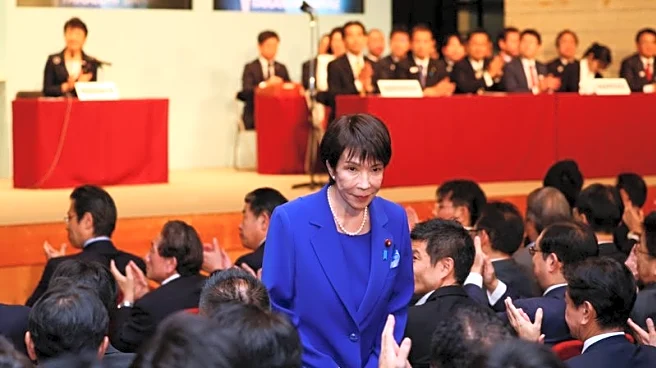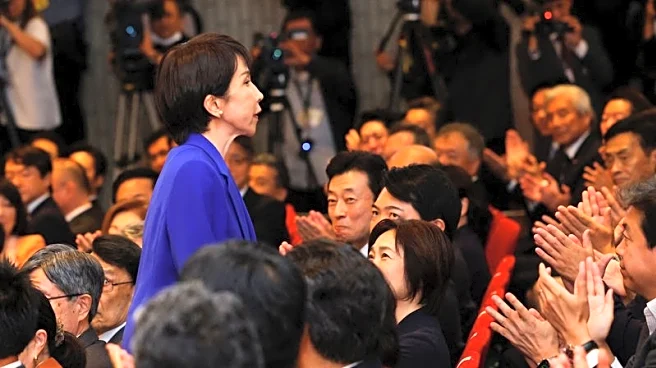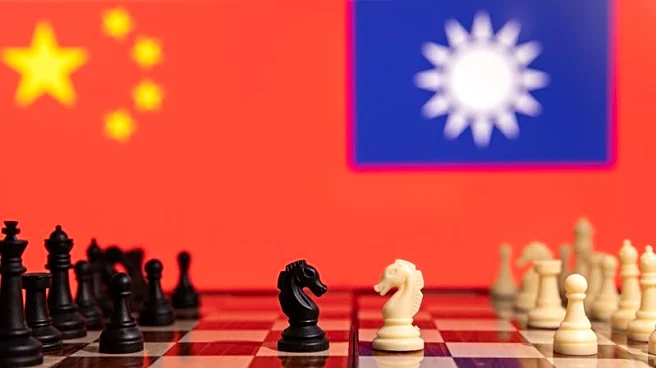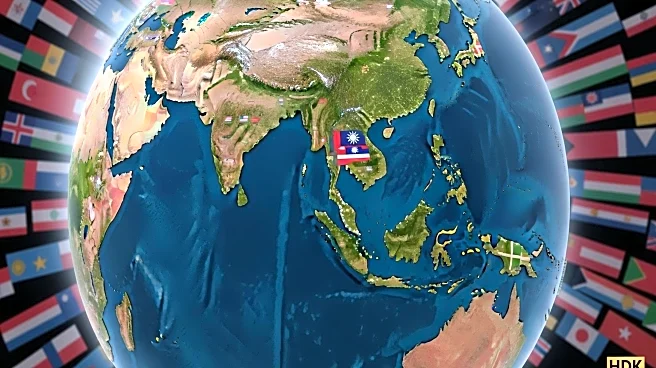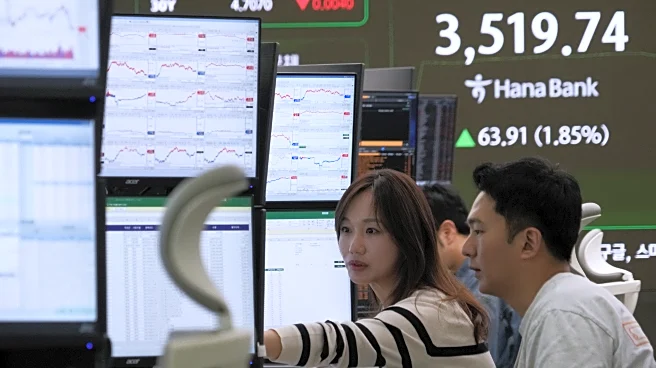What's Happening?
Chinese director Lou Ye's film, 'An Unfinished Film,' has garnered significant attention for its portrayal of a film crew quarantined near Wuhan during the early months of the COVID-19 pandemic. The film, which premiered at the Cannes Film Festival, follows the crew as they attempt to revive a decade-old project, only to be halted by the sudden lockdown in Wuhan. Despite its simple narrative, the film has been praised for its courage in depicting the pandemic's impact on artistic pursuits. The film has won Best Director for Lou at the Golden Horse Awards in Taiwan, and has been well-received by overseas audiences, despite being censored in China.
Why It's Important?
The film's reception underscores a global demand for honest portrayals of the pandemic, highlighting the struggle between artistic expression and political constraints. It reflects the broader societal impact of the pandemic, particularly in China, where strict lockdown measures were implemented. The film serves as a reminder of the challenges faced by artists in navigating censorship and political pressures, while also providing a platform for audiences to process the trauma of the pandemic. The film's success abroad suggests a growing appetite for narratives that challenge official accounts and offer alternative perspectives on significant global events.
What's Next?
As the film continues to gain international recognition, it may inspire other filmmakers to explore similar themes of artistic struggle and political constraints. The ongoing demand for diverse narratives about the pandemic could lead to more films that challenge censorship and offer nuanced perspectives on global events. Additionally, the film's success may encourage Chinese filmmakers to push the boundaries of storytelling, despite the risks of censorship. The narrative of 'An Unfinished Film' remains incomplete, leaving room for further exploration of the pandemic's impact on society and the arts.
Beyond the Headlines
The film's portrayal of the pandemic raises questions about the ethical responsibilities of filmmakers in depicting real-world events. It highlights the tension between artistic freedom and political censorship, and the role of cinema in shaping public memory and discourse. The film's omission of the mass casualties following the pandemic restrictions reflects broader societal reluctance to confront uncomfortable truths. This avoidance of difficult topics may hinder collective healing and reflection, underscoring the need for more diverse and honest storytelling in the arts.

